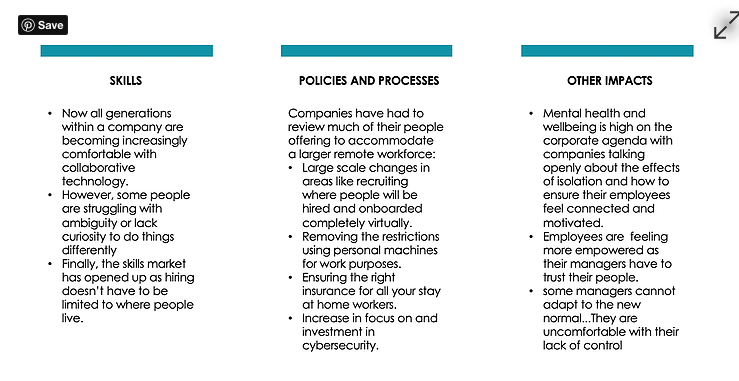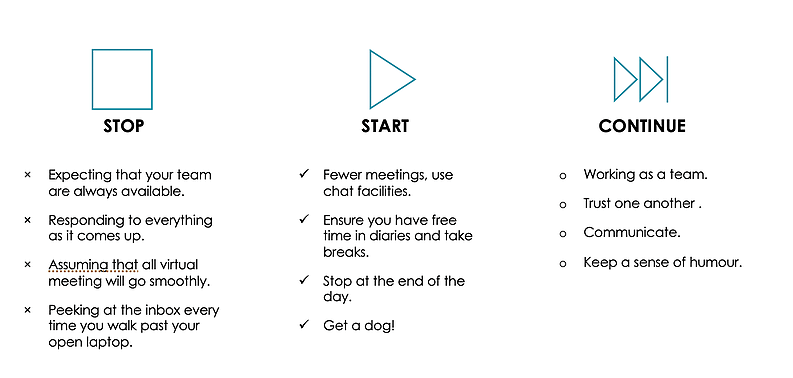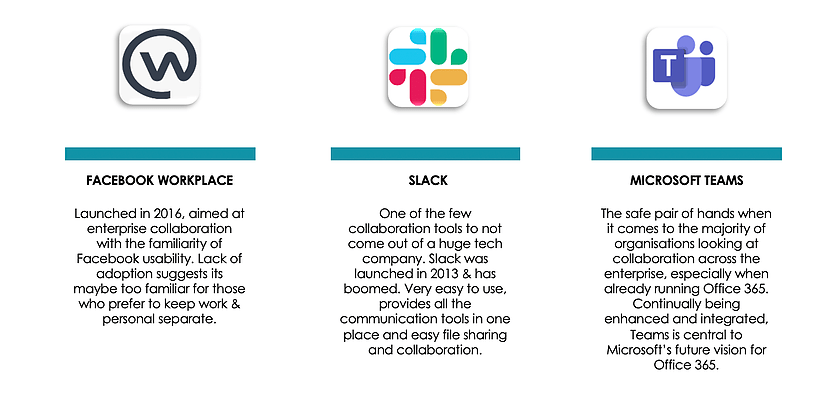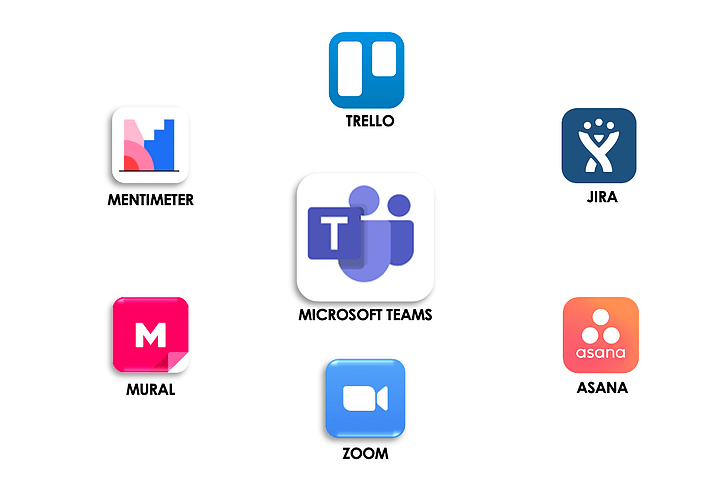We’ve had remote teams, stakeholders in far-flung locations and project collaboration tools for years…. However, the Covid-19 pandemic has driven an unexpected wholesale movement towards almost 100% remote working. So, in this “new normal”, how will programmes be delivered? What will be the impact on organisations and their people? What new ways of working will evolve, and what technology should we adopt to enable this?
At Anchorstone, we have clients managing these changes right now, where we are partnering to continue to move forward and deliver success, in the right way. In this blog we would like to share some of these insights.
Starting with the big picture, we consider the effect of remote working on organisations, which depends on two main factors:
- First, organisations whose culture is characterised largely by hierarchical structures with centralised leadership and limited line empowerment will struggle more than those whose organisations are highly networked with distributed leadership and an open and innovative culture.
- The second factor is where those organisations were in terms of the ability and acceptability of working from home before Covid-19.
For most companies, moving to a largely remote workforce has proven a huge shock to the system – so what have been the impacts of remote working on the culture, and which changes will be temporary vs. fundamental?

There are also some potential longer-term impacts on culture.
- For example, it may help drive the rise of agile working, as collaboration tools and more importantly a collaborative mindset are more commonplace.
- It also may drive further shift working patterns as people want to set their own hours as well as their location of work.
- It is already changing the narrative of the work life balance issue… It is no longer that I spend too much time in the office, but that that the boundaries between home and office are completely blurred.
- Finally, and least obviously, it may help increase female retention over the long run. If remote working becomes more prevalent, companies might be able to retain more women as women are more likely to resign from their jobs if they are not able to get flexible working arrangements (24% to 17%)*.
This new way of working has already made, and can continue to make, significant changes in our business, so what ways of working should we be adopting to embrace this?

 Finally, we look at how you can adapt to the technical challenges arising from these new ways of working. Technical tools are enablers, but they are not the solution alone. A key message for this blog, and something we reinforce on all our programmes is that it’s more important how you use technology, than the technology itself. We tend to spend more time on evaluating and delivering the right tools then we do ensuring they are adopted and used in the right way.
Finally, we look at how you can adapt to the technical challenges arising from these new ways of working. Technical tools are enablers, but they are not the solution alone. A key message for this blog, and something we reinforce on all our programmes is that it’s more important how you use technology, than the technology itself. We tend to spend more time on evaluating and delivering the right tools then we do ensuring they are adopted and used in the right way.
The core basic principles in enabling remote teams through technology are:
- Get access for your Programme Team to all the tools and systems they need. It’s the basics, but you must make sure your teams have access to your organisation’s core systems, wherever they are and whoever they are.
- Select and implement a central collaboration tool, integrate any 3rd party applications, then drive adoption.
- Make sure the technology you’ve provided is used – in the right way.
So, which collaboration tool do you select? The market has exploded in recent years with most major tech companies all launching an offering. Here are a few we’ve had experience of – both good and bad!

It’s not just about MS Teams or Slack. There is a wide choice of competition to choose from with catchy names like Flock, Ryver, Basecamp, Backlog, Podio, who are challenging not just on functionality but on cost. Some are owned by large parent companies like Citrix, so if you’re in the market for a collaboration tool you could find that you have access to one already as part of wider license deals, so be sure to check that out with your CIO.
Whichever you choose, a good collaboration tool will allow your team to interact as a team, without filling up everyone’s inboxes. It allows people to have that all-important five-minute hallway conversation, virtually… to build and maintain relationships without being there in person yet keeping a work life balance – if it’s used in the right way!
Another huge advantage of using a central collaboration tool for your programme team is the unbelievable choice of integrations to third-party applications. The choice is mind-boggling, it’s hard to know where to start, but the message is: if you have a need, there’s likely to be an app that can do it and it will probably integrate with your collaboration tool. Here we show MS Teams as the core collaboration tool alongside some excellent applications we use and recommend:

TRELLO – Easy to use, well-integrated task management tool. Very addictive! Recently acquired by Atlassian, so if you have Jira etc in your organisation you may be able to get Trello relatively quickly.
JIRA – Ubiquitous workflow tool for agile project delivery and release management, particularly good when transitioning from programme to operations at the end of the programme lifecycle, as it’s generally the tool used for support.
ASANA – Project Management tool, integrates with Slack, Office 365, Jira etc. Drives dashboards and reports, cutting down manual PMO work.
ZOOM – Obviously booming in the current lockdown and for good reason. Whenever we’ve hit issues getting customers onto Teams or Slack, Zoom always works. It’s a great backup for your main collaboration tool’s VC.
MURAL – A digital workspace for visual collaboration (good for workshops); think whiteboard on steroids. However, we have heard of latency, or performance issues with large groups so we’ll be looking into that a little more.
MENTIMETER – Great for workshops or large meetings where it can provide real time feedback on the session, allowing you to refine how it’s being delivered, meaning you hit the mark more often. You can run Q&As without interruption – everyone hates the dreaded beeps and asking people to go on mute! Generally, a great tool to support remote sessions.
So, a few good ones there, however, this takes us back to the original central message here, and that is:
It’s more important how your teams use the tools they have, than the tools themselves.
I hope this blog has given you some insights, based on our experience. If you’d like to see more of this detail, we also have a webinar on the subject available here.
As always, if you’d like to discuss this, or any other topic with us, please get in touch.
The Business Transformation Network has shared this article in partnership with Anchorstone.




